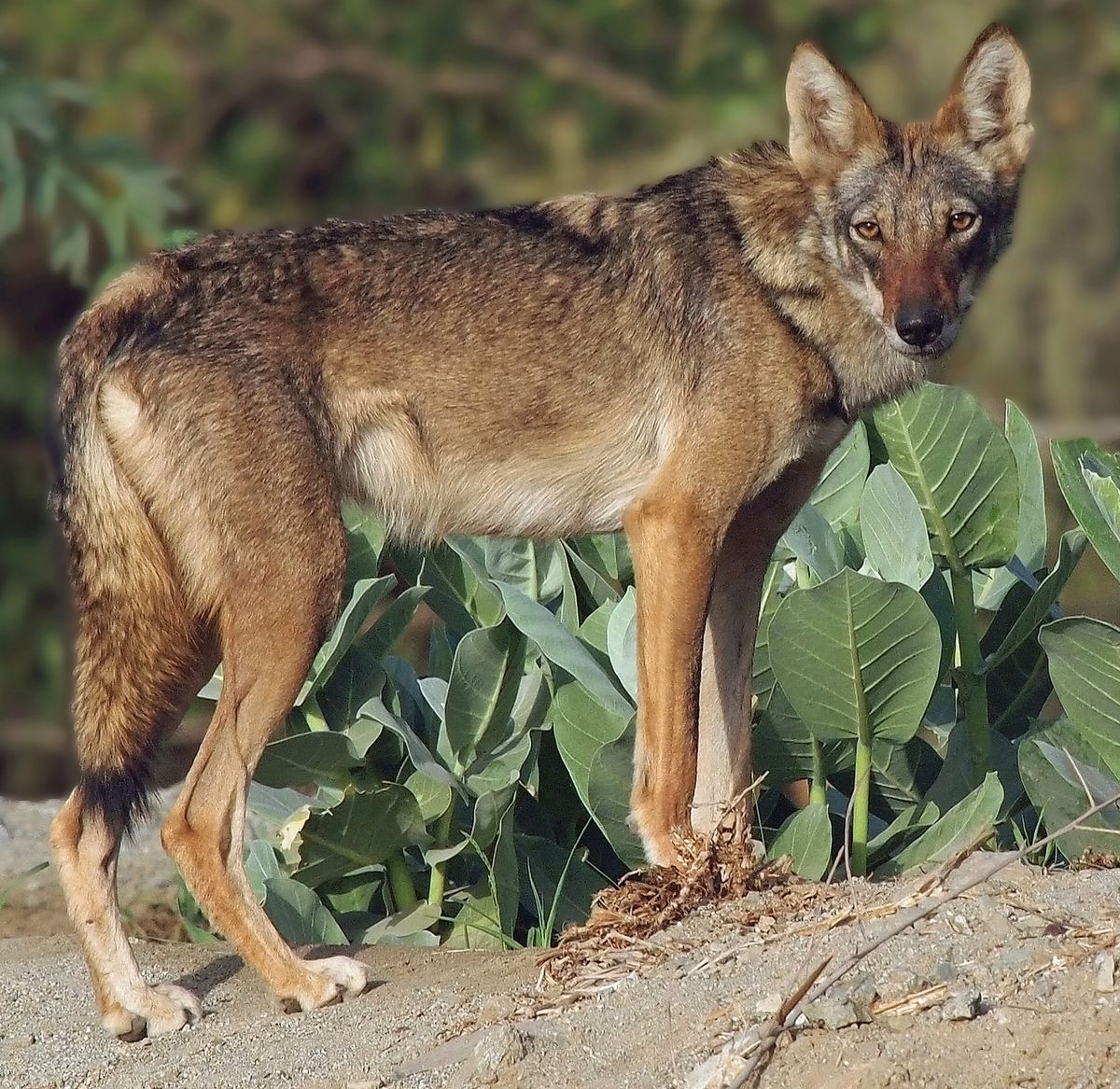The Arabian wolf, also known as the Syrian wolf, is a subspecies of the gray wolf that is found in the Arabian Peninsula. It is a highly adapted predator that has evolved to thrive in the harsh and arid desert environments of the Middle East.
The Arabian wolf is a relatively small subspecies, with adults typically weighing between 20 and 30 kilograms. It has a short, dense coat that is pale gray or reddish-brown in color, with white underparts and a bushy tail. Its ears are relatively short and rounded, and its snout is narrow and pointed.
Arabian wolves are highly social animals that typically live in small family groups, or packs. They are opportunistic predators that feed on a variety of prey, including small mammals, birds, reptiles, and insects. In the desert environments where they live, they may also scavenge on carrion and consume plant material to supplement their diets.
Like other wolf subspecies, the Arabian wolf is threatened by habitat loss, hunting, and persecution by humans. In some parts of the Arabian Peninsula, it is considered a pest and is hunted or poisoned by farmers and ranchers who view it as a threat to their livestock.
Efforts are now underway to protect and conserve the Arabian wolf in the wild. In Israel, for example, a population of Arabian wolves has been successfully reintroduced to the Negev desert, where they have thrived and are now a popular attraction for tourists and wildlife enthusiasts.
In addition to its ecological importance, the Arabian wolf also has cultural significance in the Middle East. It features prominently in many traditional Arab tales and folklore, where it is often depicted as a symbol of strength, courage, and resilience in the face of adversity.
In conclusion, the Arabian wolf is a unique and important subspecies of the gray wolf that is well adapted to the arid desert environments of the Middle East. Despite the many threats it faces, efforts are underway to protect and conserve this iconic species and ensure that it continues to play its important ecological and cultural roles in the region.


Comments
Post a Comment